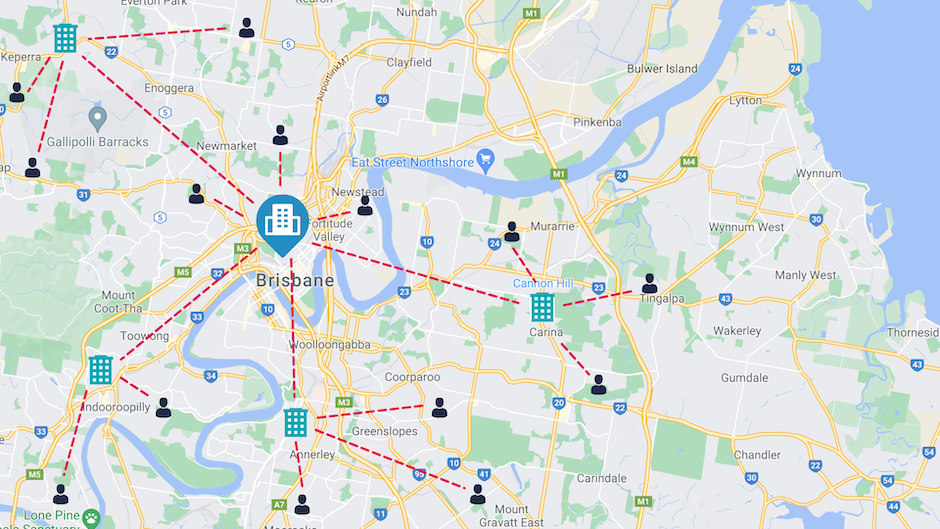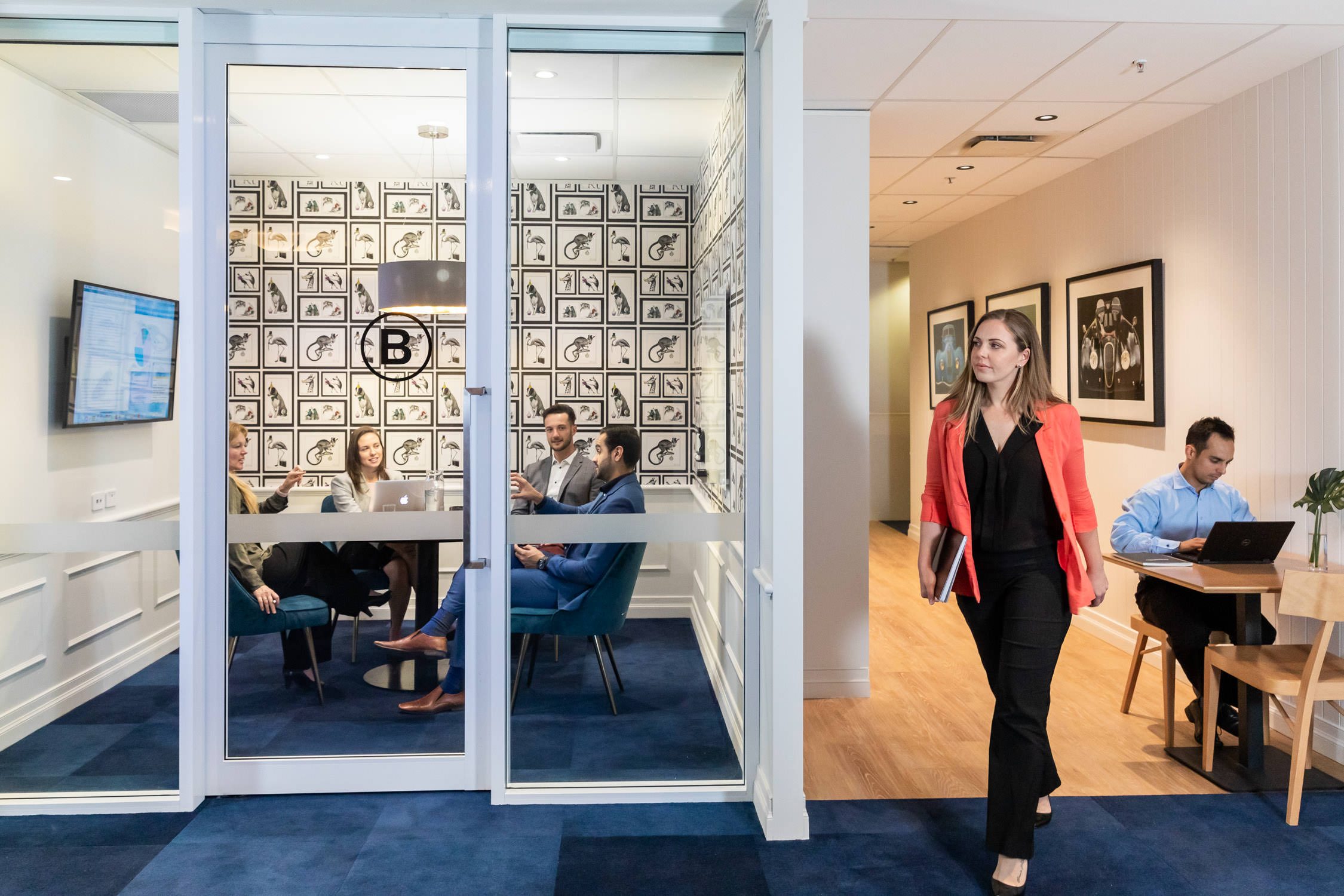Retaining a social workplace culture and support
Many people may look at the hub-and-spoke model and ask why not push the flexibility further into an entirely remote model.
One major concern cited by management and workforce is the potential for people to feel isolated socially and professionally, disconnected from their co-workers and the business.
This can be particularly hurtful in instances where some workers are designated to a space and some are not.
Without in-person check-ins or physical face-to-face meetings, managers may miss opportunities to enhance productivity, access worker satisfaction or build rapport with their team.
This can affect performance, employee evaluations, and the development of interpersonal skills between singular employees or wider teams.
The ability to video conference is a useful tool, but it pales in comparison to an actual physical meeting when engaging with your team.
The physical distance between teams easily and frequently translates into miscommunication and strained relationships, directly affecting not only cultural issues, such as employee satisfaction and retention; but real bottom-line factors such as collaborative success and project organisation.
How to adopt the model
At the heart of the hub-and-spoke model is flexibility and mobility.
The best option to adopt this flexible, pragmatic and mobile strategy in Australia is to utilise coworking and flexible office spaces.
These ready-to-move-in spaces include established infrastructure and agile set-up if further infrastructure is needed, flexible terms with regards to term length and access, and usually multiple locations within the one region that are accessible via customised membership terms.
Flexible workspaces also include various meeting rooms throughout the building to connect to your team in the spoke offices, while also allowing visitors for physical meetings or to cowork for the day, so that your more remote workers are always welcome to drop in.
Providing the bare bones of the model already, a flexible office space could establish your hub-and-spoke model under one single tenancy and streamline your business even further in one simple step.
You can learn more and find out if the hub-and-spoke model or a flexible workspace is right for your business y talking to Christie Spaces, which provides a variety of workspace options in Melbourne, Sydney and Brisbane.












